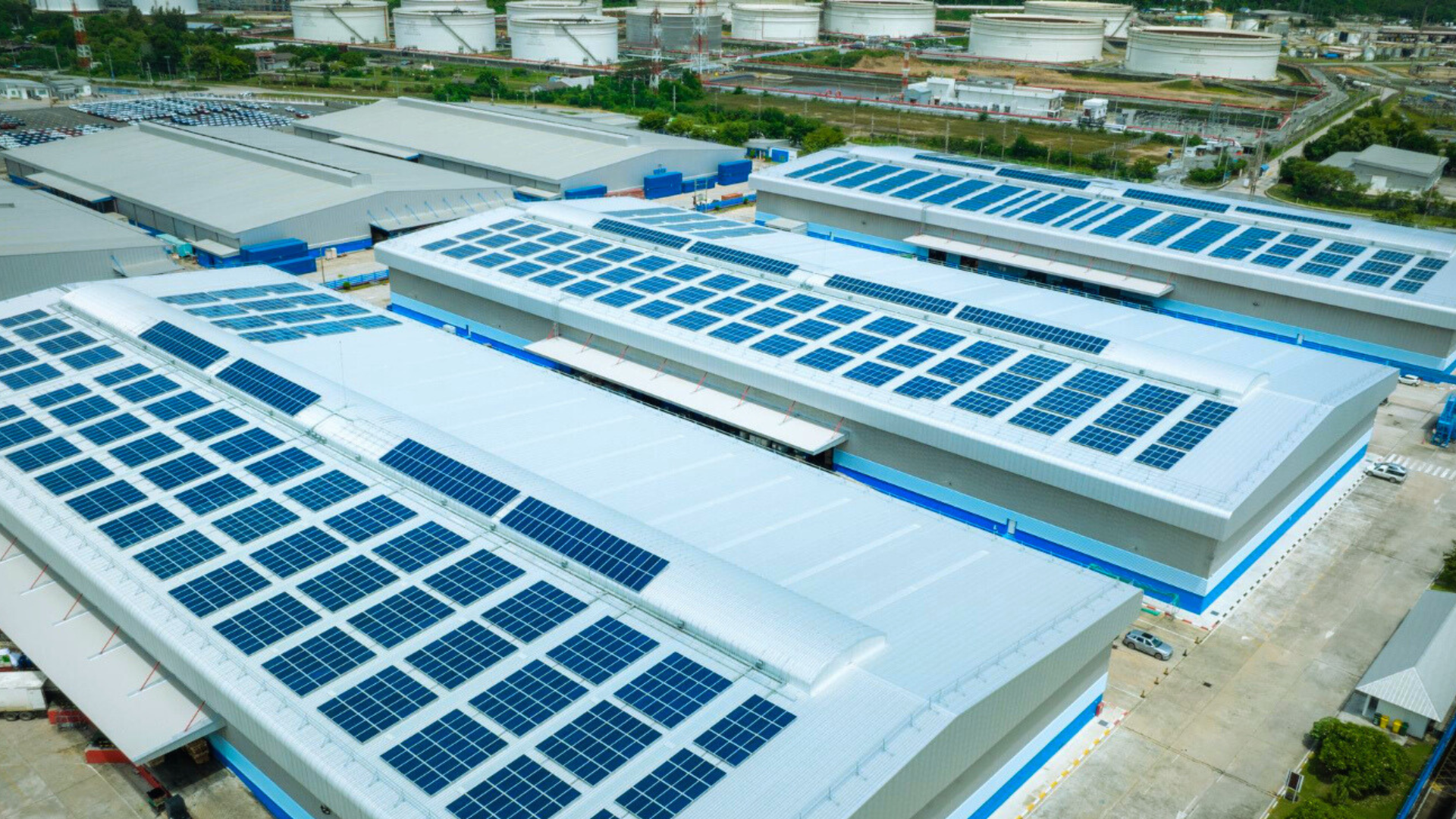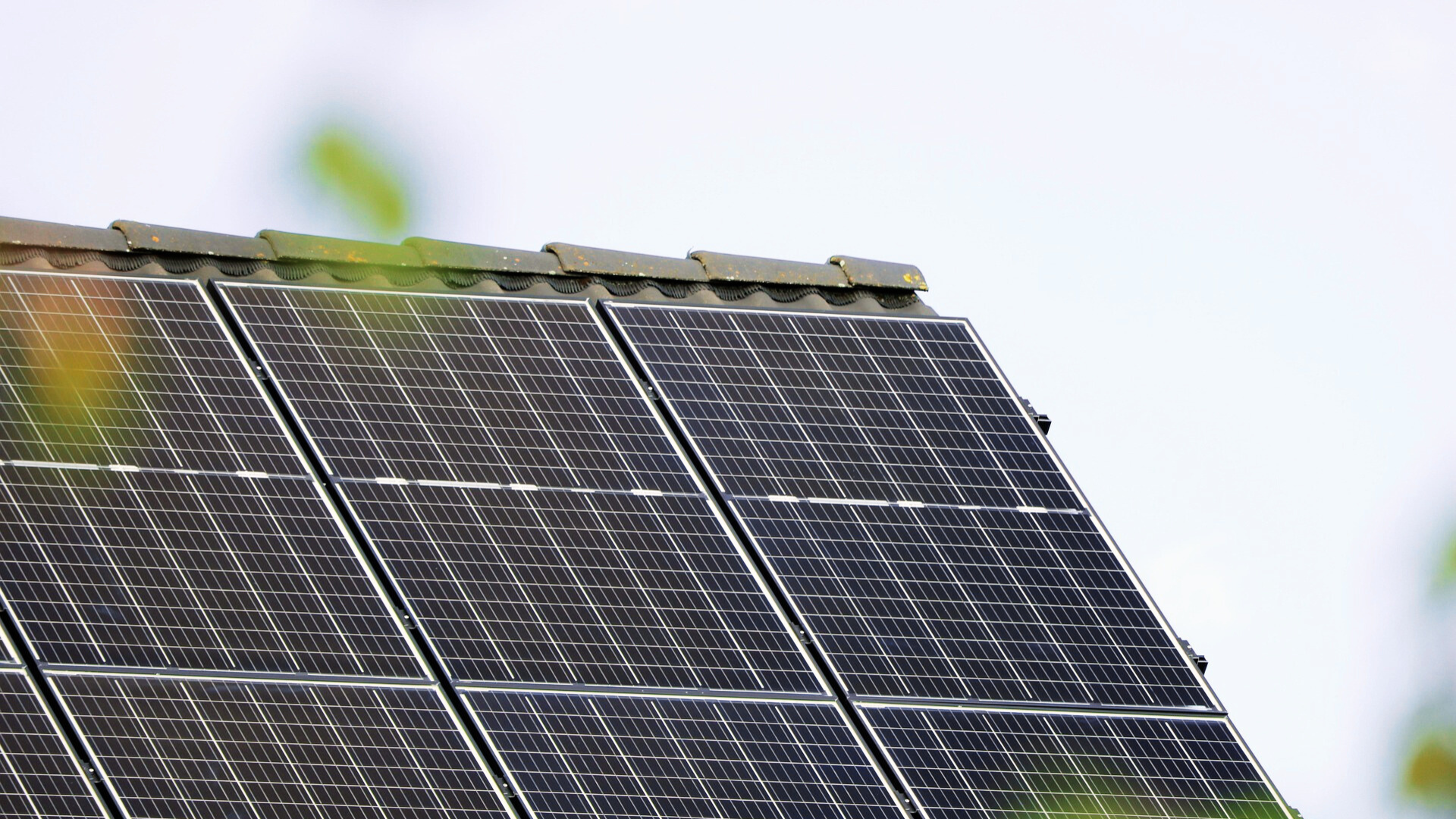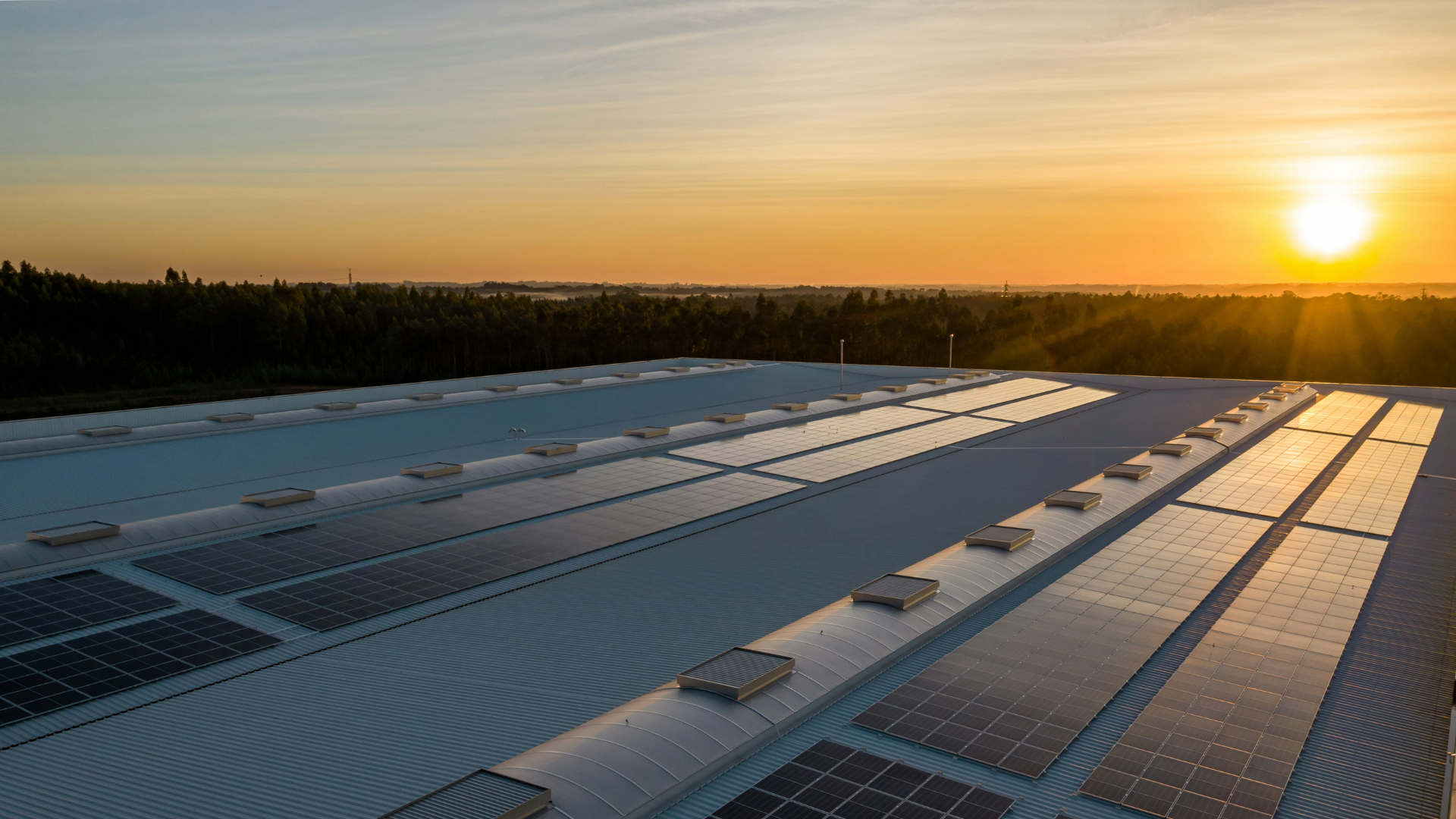In India, solar energy has become a mainstream business and sustainability solution. Rising electricity costs, frequent power disruptions, and global pressure to keep environmental impact in sight and adopt cleaner energy sources have put solar power in the spotlight. But moving from “thinking solar” to “building a solar power plant” is a big step. It’s more than putting panels on rooftops or fields – it involves careful planning, regulatory clearances, financial structuring, and long-term operational readiness.
Whether you’re an MSME planning a rooftop solar installation to reduce power bills, or an entrepreneur exploring a larger ground-mounted plant, understanding the requirements for a solar system upfront helps avoid delays and unnecessary costs.
Why India is a Growing Market for Utility-Scale Solar Energy
India has emerged as one of the fastest-growing solar markets globally, and the reasons are compelling:
- Sunlight availability: With over 300 sunny days in most parts of the country, India’s natural advantage is hard to ignore. States like Rajasthan, Gujarat, and Telangana, in particular, have some of the highest solar irradiation levels and also the biggest solar power projects in India.
- Falling solar PV costs: The cost of solar photovoltaic panels has dropped by more than 80% in the past decade. This sharp decline makes solar much more affordable than traditional fossil fuel sources.
- Government push toward renewables: From schemes like PM-KUSUM for farmers to subsidies on rooftop solar financing for MSMEs, the policy environment strongly supports adoption. The government aims to achieve 500 GW of renewable energy by 2030, with solar playing a dominant role.
These factors make solar not just an eco-friendly option but also a commercially viable one.

What is a Solar Power Plant?
A solar power plant essentially converts sunlight into usable electricity. But not all plants are the same:
- Photovoltaic (PV) vs. Solar Thermal: PV plants use panels to directly convert sunlight into electricity, while solar thermal plants use mirrors to concentrate sunlight and generate heat, which is then converted into power. PV plants are far more common in India due to cost-effectiveness and easier installation.
- Grid-connected vs. localised systems: A grid-connected system feeds surplus electricity back into the state grid, helping reduce costs via net metering. On the other hand, standalone or localised systems (common in remote areas) work independently with battery storage.
A Step-by-Step Guide to Setting Up a Solar Power Plant in India
1. Research and Planning
Before investing, evaluate the demand for power, local solar potential, and business viability. Check available government incentives, like capital subsidies on rooftop solar financing for MSMEs. Preparing a SWOT analysis can save you from costly mistakes later.
2. Business Registration
To operate commercially, register your venture as a legal entity – proprietorship, partnership, LLP, or private limited company, depending on your business size and future plans. You’ll need documents like PAN, GST, and proof of business existence.
3. Licences and Permissions
Solar projects require approvals such as:
- DISCOM approval for grid connectivity
- Pollution clearance, though minimal, is required for larger plants
- Land permits for installing a ground-mounted plant
- ISO certifications for quality standards are often necessary for investors or buyers of power
4. Financial Setup for the Solar Plant Installation
Financing is often the biggest hurdle. Here’s where options like solar panel loans, rooftop solar financing, or tailored solar schemes for MSMEs from NBFCs such as EFL become vital. Maintaining proper compliance documents, audited financials, and a dedicated bank account makes the solar financing process smoother.
5. Hiring the Team
A solar project requires expertise across fields. Engineers for design and installation, technicians for operations and maintenance, and sales staff if you plan to sell power commercially. A skilled workforce ensures efficiency and fewer breakdowns.
How Much Does it Cost to Build a Solar Plant in India?
The costs of solar farms in India vary depending on the scale:
- Land requirement: Roughly 4 or 5 acres of land are needed for 1 MW of energy production. For a 100 kW solar power plant, a rooftop space of 11,000-12,000 sq. ft. is usually enough.
- Solar panels: These form the largest chunk of the cost of a solar power system, usually 50–60% of the total.
- Solar inverters and grid connection: Essential for converting DC to AC and exporting power.
- Other costs: Civil works, labour, mounting structures, and transmission lines.
For context, a 5 MW solar plant may cost ₹25–30 crore, while a rooftop 100 kW plant can cost around ₹45–60 lakhs. You can fulfil this financing requirement completely online in just a few clicks with the EFL Clik App.
Profitability and ROI
Solar is a long-term game, but the returns are attractive.
- A 1 MW plant can generate around 1.5 million units annually, translating into revenue of several crores over 25 years, depending on tariffs.
- A 5 MW plant can serve industrial buyers directly under open access, with even higher returns.
- The payback period for most projects is 4–6 years, after which the electricity generated is virtually free, barring maintenance.
Conclusion
Setting up a solar power plant in India involves more than just buying panels and finding land. From research and regulatory approvals to financing and team hiring, every step impacts profitability and long-term sustainability. The good news? With falling costs and favourable government policies, solar power plant projects are one of the most future-proof investments businesses can make.
If you’re an MSME looking to cut costs and strengthen energy independence, explore solar installation loans for solar financing in India through trusted NBFCs like EFL.
FAQs
What are the requirements for a solar power plant?
You’ll need suitable land or rooftop space, grid approvals, quality equipment, financing, and a capable team to set up and run the plant.
What is the minimum land required for a solar power plant?
On average, 4–5 acres are required for 1 MW capacity. Smaller rooftop systems need around 100 sq. ft. per kW.
What is the procedure to start a solar power plant?
Begin with research, register your business, obtain DISCOM and environmental clearances, secure financing, and hire technical experts for installation.
Is a solar plant profitable?
Yes. With a payback period of 4–6 years and a lifespan of 25+ years, solar plants provide reliable returns and major cost savings.
How many solar panels can fit in one acre?
Roughly 1 MW (about 3,000–3,200 panels of 320W) can be installed per 4–5 acres, meaning one acre accommodates around 250–300 panels.




